20 Aug Quadriplegic Injured in Motor Vehicle Accident
The Plaintiff in Kirby v. Loubert, 2018 BCSC 498, claimed damages for injuries he suffered in a motor vehicle collision in Vancouver. The Plaintiff was driving southbound on in the curb lane, heading straight through an intersection, when the Defendant turned left in front of him. Contributory negligence on the part of the Plaintiff was an issue.
The collision was significant, but not out of the ordinary. However, Mr. Kirby was no ordinary plaintiff. In 1991, a tragic car accident left him a paraplegic and an incomplete quadriplegic. The injuries he attributed to this most recent accident were extensive. They included soft tissue injury, increased chronic pain, neurological injury and deterioration, loss of function in his arms and shoulders, post-traumatic stress disorder and depression, and a very serious pressure wound that developed in the area of his tailbone. He maintained that he had lost mobility, was in near constant pain and had to double his consumption of medical marijuana.
The Plaintiff’s claim was complicated by the question of causation: to what extent did the present accident cause or contribute to his post-collision complaints, and to what extent were they the natural consequence of the catastrophic injuries that he suffered in the 1991 accident? Many medical experts testified on both sides of this question, giving rise to a classic contest between the “thin skull” and the “crumbling skull” doctrines.
It was clear in this case that although the Plaintiff had a green light, traffic at the intersection had come to a standstill, so that vehicles in the centremost and middle lanes were stopped at the intersection. The curb lane, however, was clear, and the Plaintiff accelerated as he headed into the intersection. The Defendant, in the meantime, was turning across the stopped traffic and had nearly completed his turn when the Plaintiff struck him.
At a controlled intersection, a green light signals that traffic approaching it may proceed through. Nevertheless, the Court agreed that stopped traffic to the left of a driver in the curb lane calls for caution because it changes the dynamic of what might be occurring in the intersection.
It is not clear to what extent the Plaintiff’s use of medical marijuana that day may have contributed to his inability to react quickly. No expert addressed that point, and none of the physicians responsible for his care at that time were prepared to say that he ought not to have been driving that afternoon. What the Judge did find was that although the Plaintiff had the right-of-way, he was going too fast for the circumstances, driving beyond his ability to react. Given that traffic in the two lanes to his left was at a standstill, blocking his view of anything in the intersection, reasonable care required him to move past the stopped traffic with caution, reducing his speed below the speed limit. The Court noted that had he done so, it was probable that he would have been able to come to a stop, albeit a sudden one, before colliding with the Defendant. Instead, he proceeded at full speed.
Considering all of the circumstances, the Court found that the Plaintiff contributed to the collision. Fault was apportioned 75% to the Defendant and 25% to the Plaintiff.
Although the Plaintiff was severely injured in 1991, he was active and high functioning. The Plaintiff’s injuries from the most recent accident reduced his mobility, exacerbated his pre-existing state of chronic pain and advanced his pre-disposition to degenerative changes. The Court awarded the Plaintiff non-pecuniary damages of $140,000, damages for loss of homemaking capacity of $55,000, and future care costs of $9,440. These awards were reduced by 25%, so the final total was $153,330.


